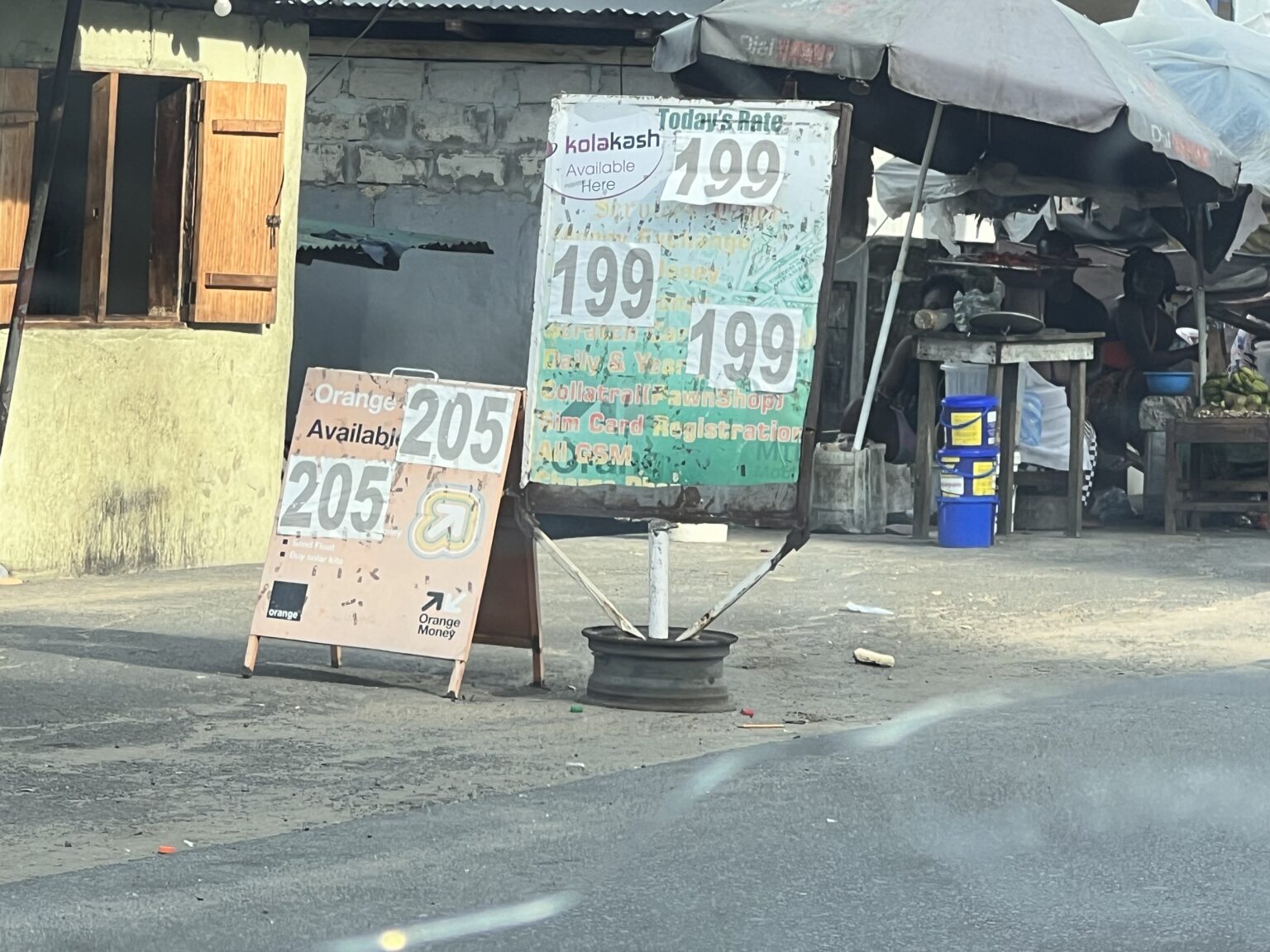By: Aaron Kubahn Email:aaronkubahn2015@gmail.com
Contact: 0888832186/0776049985
Monrovia, May 17, 2025 –Five months after the Central Bank of Liberia (CBL) attributed a spike in the exchange rate to seasonal holiday spending, the Liberian dollar continues to weaken against the U.S. dollar, raising fresh concerns among citizens and businesses about the country’s macroeconomic stability.
In January 2025, the CBL explained that the surge in the exchange rate—then hovering around LRD 190 to USD 1—was the result of increased demand for U.S. dollars during the Christmas season. The bank described the situation as “normal and temporary,” assuring the public that the rate would stabilize as market forces rebalanced.
However, that prediction has yet to materialize. As of mid-May, the exchange rate in many parts of Monrovia and other regions has soared to between LRD 199.5 and LRD 205 per U.S. dollar, marking a consistent upward trend well beyond the festive period. This has left many Liberians questioning the Central Bank’s economic projections and the government’s grip on currency stability.
“The Christmas season ended five months ago, but instead of declining, the rate keeps going up,” said Emmanuel Kpannah, a small business owner in Paynesville. “We were told this was a temporary fluctuation. What’s happening now doesn’t feel temporary at all.”
During a press briefing on January 21 at the Ministry of Information, Cultural Affairs, and Tourism (MICAT), Information Minister Jerolinmek Piah, speaking on behalf of the Central Bank, attributed the high exchange rate to a combination of low Liberian dollar circulation and a significant volume of U.S. dollar transactions. He revealed that by November 2024, Liberian dollars in circulation accounted for less than four percent of the country’s nominal GDP and less than 15 percent of the total money supply.
He further noted that remittances for goods had reached $661.8 million by the end of November, intensifying demand for U.S. dollars on the local market.
Despite those figures, many are now questioning the effectiveness of policy responses and the Central Bank’s commitment to stabilize the economy. Some economists suggest that beyond seasonal spending, structural issues like import dependency, limited export earnings, and weak confidence in the Liberian dollar are at the root of the ongoing depreciation.
“The issue is not just about Christmas spending,” said a local economist who preferred not to be named. “There are deeper economic vulnerabilities, including low production, high reliance on imports, and monetary policies that may not be keeping pace with real-time market dynamics.”
For now, many Liberians are bracing for continued hardship as the weakening LRD stretches household incomes and pushes up the cost of goods and services, especially in markets heavily dependent on U.S. dollar imports.

